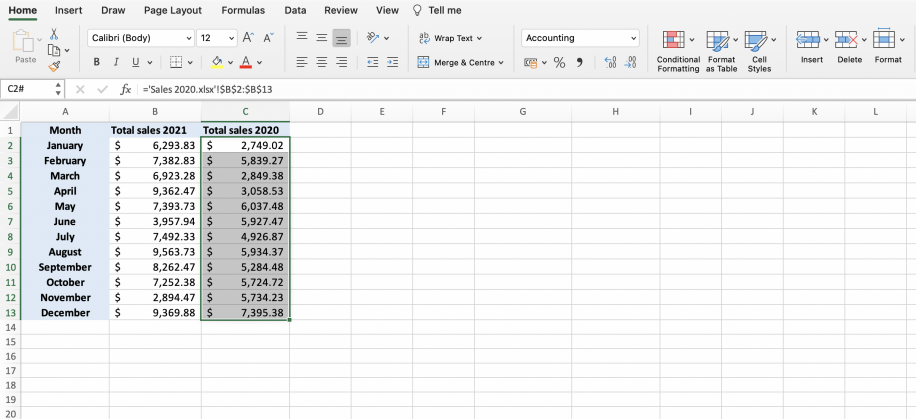5 Ways to Reference Different Sheets in Excel Formulas

Mastering Excel formulas is pivotal for efficient data analysis and management. When working with extensive datasets spread across multiple sheets, knowing how to reference different sheets becomes indispensable. Here are five effective methods to reference different sheets in Excel, optimizing your workflow and enhancing productivity.
1. Direct Sheet Referencing

The simplest way to reference data from another sheet is by using direct sheet referencing. Here’s how:
- Select the cell where you want to input the formula.
- Start the formula with the equals sign (=).
- Follow it with the sheet name, an exclamation mark (!), and then the cell reference.
=Sheet2!A1
This formula will reference the value in cell A1 from 'Sheet2'. This method is ideal when you know the exact sheet name and cell location.
2. Using Structured References

If your Excel workbook contains tables, structured references can be particularly useful. They refer to table columns by their headers:
- Navigate to the cell where you want to input the formula.
- Begin with an equal sign (=).
- Type the table name from another sheet, followed by the column name in square brackets.
=Sheet2[TableName[ColumnName]]
This allows you to reference data within a table without hardcoding cell addresses, making your formulas more readable and maintainable.
3. INDIRECT Function

The INDIRECT function provides dynamic sheet referencing by constructing cell references as text:
- Choose the cell for your formula.
- Use INDIRECT to create a reference based on a text string.
=INDIRECT("Sheet2!A1")
:bulb: Note: Using INDIRECT for dynamic referencing can make your workbook slower if overused.
4. VLOOKUP with Sheet References

VLOOKUP is invaluable for pulling data from different sheets based on a lookup value:
- Begin your formula with VLOOKUP.
- Include the lookup value, the lookup table array (with sheet reference), the column index number, and range lookup.
=VLOOKUP(LookupValue, Sheet2!A1:B10, 2, FALSE)
Here, VLOOKUP looks for the 'LookupValue' in the first column of the range Sheet2!A1:B10 and returns the corresponding value from the second column.
5. OFFSET Combined with Sheet References

The OFFSET function can be used to dynamically reference data based on a cell’s position:
- Select the cell where the formula will go.
- Combine OFFSET with the sheet reference to create a dynamic range.
=OFFSET(Sheet2!A1, Rows, Columns, Height, Width)
This formula shifts the reference from the initial cell A1 in 'Sheet2' by the specified number of rows and columns, and then returns a range of cells with the given height and width.
These methods showcase how to reference different sheets in Excel formulas, enhancing your ability to manage and manipulate data across multiple sheets efficiently. Whether you're looking to keep formulas clean with structured references or need the flexibility of dynamic referencing, these techniques cover a wide range of scenarios. Remember, efficient Excel usage can significantly boost your data handling capabilities, allowing you to unlock more insights from your datasets with less effort.
What’s the difference between INDIRECT and VLOOKUP for referencing different sheets?

+
INDIRECT allows you to create a cell reference from a text string, which is dynamic but can slow down your workbook. VLOOKUP, on the other hand, searches for a value within a specified range across sheets and returns the corresponding data, offering a more structured approach.
Can I use these methods in Google Sheets?

+
Yes, Google Sheets supports similar functionality for referencing different sheets using most of these methods, though the syntax might differ slightly. For example, Google Sheets uses IMPORTRANGE for pulling data from other sheets in different workbooks.
How do I troubleshoot errors when referencing different sheets?

+
Common issues include incorrect sheet names, improper cell references, or syntax errors. Ensure you’ve used the correct sheet name, cell address, and function syntax. Also, verify that the sheet you’re referencing hasn’t been renamed or deleted.



